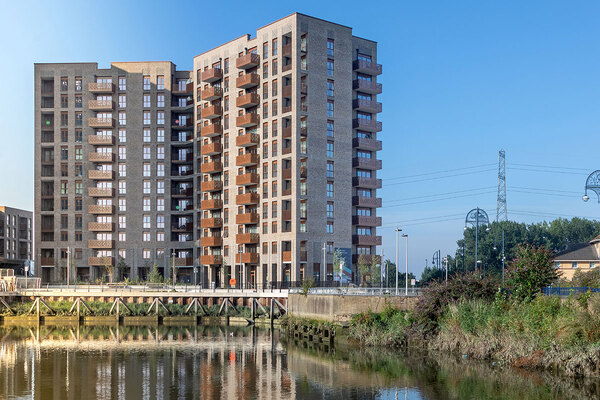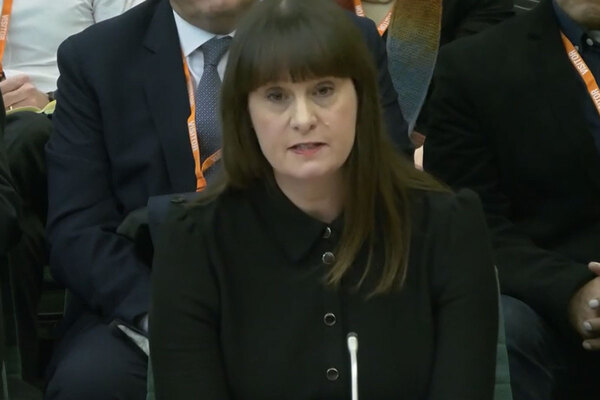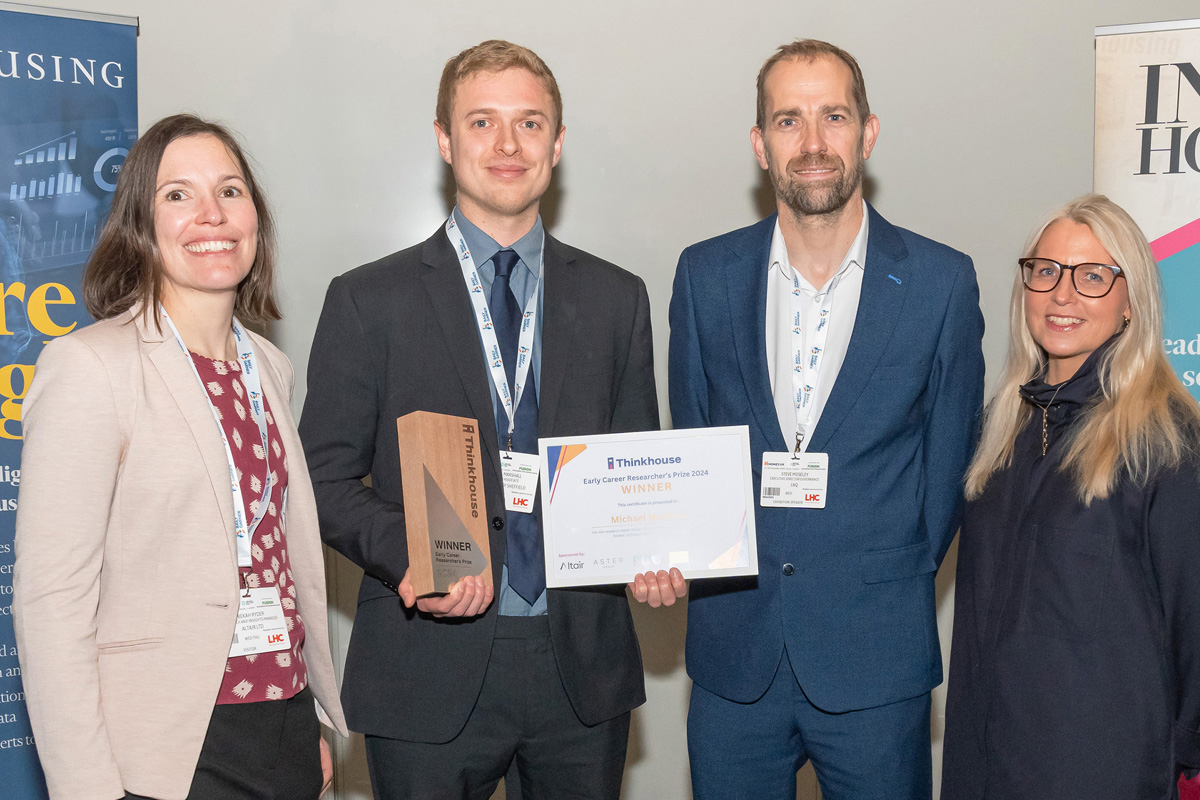You are viewing 1 of your 1 free articles
The challenges with the Warm Homes: Social Housing Fund
Fundamentally, the Warm Homes: Social Housing Fund is getting it right. However, for contractors, the reality of project delivery is a quagmire of risks and challenges to overcome, writes Craig Bell, chief executive of property services firm Bell Group
Government figures show that, by the end of July 2024, around 43,200 measures were installed in 22,300 households under Wave 1 and 2.1 of the Social Housing Decarbonisation Fund, now renamed the Warm Homes: Social Housing Fund (WH:SHF).
Undoubtedly, it’s accelerated the decarbonisation of public sector housing in England faster than in Scotland and Wales. Yet, for contractors, the first contracts highlighted challenges that must be addressed if we want to maximise the potential of the scheme.
There is the widely acknowledged, yet persistent, issue of attracting and retaining skilled trade professionals. Those of us looking to employ individuals who have the relevant skills and high-quality workmanship to undertake decarbonisation measures find that many just don’t want to work on social housing alone. They want variety. We need to take a more holistic view of decarbonising public buildings and communities to help invigorate our teams and make the jobs more interesting and appealing.
Then there is the need to upskill in a way that makes sense. For professionals who specialise in plastering or rendering, the logical step would be to train them in external wall insulation, but what of the longer-term prospects?
It’s about creating green and sustainable jobs. We need to think further down the road, developing multi-skilled retrofitters who are not restricted by traditional trade silos, for the benefit of the individual and their families.
“One of the biggest challenges at present is the financial risk for contractors when complying with PAS 2035. The sheer extent of the paperwork is the problem”
One of the biggest challenges at present is the financial risk for contractors when complying with PAS 2035. The sheer extent of the paperwork is the problem. If you are dealing with housing associations with a high level of housing stock, large volumes of images and data sets are involved. The onus of non-compliance is being shifted to contractors, meaning it is crucial for site teams to document work correctly or face penalties of up to 50% of the project value.
If something hasn’t been uploaded properly, the business could be putting itself at huge financial risk. For smaller companies, the size of that risk is simply off the scale; the government needs to recognise this.
Conversely, the rules are there to protect us. There are people out there who will look to take advantage, so we need a way to achieve a better balance.
Underpinning all this is the need to approach the use of funding with a long-term, value mindset. The danger is a tick-box mentality, which is why collaboration is so important. Project teams need to regularly get together to take a step back and look at the bigger picture.
We need to keep asking, with every application for funding and the proposed order of the intended measures, are we doing the right thing long term to fundamentally improve people’s lives?
Surely this is what it is all about. If you put the significant environmental benefits to one side for just a moment, there are so many more besides.
“The decarbonisation of housing has the potential to create places and homes that allow people to thrive and propel them in terms of social mobility”
The decarbonisation of housing has the potential to create places and homes that allow people to thrive and propel them in terms of social mobility. I’m not just talking about the people occupying these properties, but the lives and skills of the trade professionals that deliver the work, too.
Decarbonisation is intrinsically linked to social value, something that has always been Bell Group’s bedrock, aligning our business to focus on issues such as unemployment, inspiring young people, social inclusion and community regeneration. Our aim is to keep the money local to the job: the supply chains, the delivery teams, the people who do the work. We want to create quality jobs they can be proud of, and the WH:SHF can help us to do that.
As we enter Wave 3, I feel positive about the future. Previous waves have allowed us to see both the pitfalls and the potential. As with most government schemes, behaviour and bureaucracy have a fundamental impact on success. We have learned so much from the projects delivered to date, and it is this experience combined with technology that hold the key to efficient and robust compliance.
Do what is right, not what is easy. It’s a mantra I stand by in all areas of our business – and it certainly applies to the decarbonisation of housing.
Craig Bell, chief executive, Bell Group
Sign up for our asset management newsletter
Already have an account? Click here to manage your newsletters













